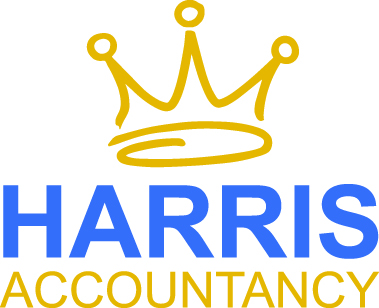As we make our way into the second quarter of 2021 and into the new tax year. Here is an update on the key changes that affect you as an employer and your employees.
This article highlights “National Minimum wage” from April 2021 along with changes to dividend allowance and pension.
Changes in National Minimum Wages
The national minimum wage (NMW) and national living wage (NLW) from April 2021 as follows;
| Age | Rate |
| 25 and over (NLW) | £8.91 / hour |
| 21 to 22 | £8.36 / hour |
| 18 to 20 | £6.56 / hour |
| 16 to 17 | £4.62 / hour |
| Apprentice | £4.30 / hour |
The apprentice rate is applicable to an individual who is
- Aged under 19
- Aged 19 or over and in the first year of apprenticeship
Once an apprentice who is aged 19 or above completes his/her first year, they are entitled to the standard minimum wage.
Apprenticeship
Apprenticeship combines practical training in a job with study. Please find more info on apprentice’s eligibility on the below link
https://www.gov.uk/apprenticeships-guide
Employers who have apprentices aged 16-24 can be entitled to a grant of 2,000 per apprentice if you hire before 31st March 2021. For more specific details please contact the National Apprentice Service on 0800 015 600.
Pension Contributions
The below table shows the minimum contributions that the staff and employer must pay towards the pension.
Date Employer Contribution Employee contribution
06/04/2021 onwards 3% 5%
Pensionable Allowance
The lower limit qualifying earning band hasn’t changed and stayed the same at £6,240, and upper limit has increased from £50,000 to £50,270. This means that qualifying earnings cannot be more than £44,030 for the 2021/22 tax period.
For example, if a worker earns £25,000 their qualifying earnings would be £18,760. Qualifying earnings is the name given to a band of earnings that you can use to calculate contributions for auto enrolment.
Exempt from Auto Enrolment!!
- A sole director company, with no staff.
- A company with multiple directors, none of whom has an employment contract.
- A company with multiple directors, only one of whom has an employment contract.
- A company which has ceased, entered into liquidation or been dissolved.
Note: You will need to inform Pension Regulator and they will advise accordingly.
Dividend Allowance
The below table shows the maximum dividend tax-free allowance and the rate which will be taxable if there is any dividends earning over the maximum tax-free allowance. This has not changed since last tax year.
| Income tax rates (dividend income) | |
| Dividend allowance (tax free) | £2,000 |
| Dividend ordinary rate (for dividends within basic rate band) | 7.50% |
| Dividend upper rate (for dividends within higher rate band) | 32.50% |
| Dividend additional rate (for dividends above higher rate band) | 38.10% |
- The tax-free dividend allowance remains the same at £2,000.
- You won’t pay any tax if you have unused personal allowance which covers your additional dividends
- Any dividends in the basic rate tax threshold (up to £37,700) will be taxed at 7.5%
- Any dividends in excess of the basic rate tax threshold will be taxed at 32.5%
- Any dividends falling within the additional rate tax threshold (income above £150,000 for the period 2021/22) will be taxed at 38.1%
Income tax threshold for 2021/22
- Up to £12,570, 0% income tax as this is your personal allowance.
- Income between £12,571 to £37,700, 20% income tax – Basic rate
- Income between £37,701 to £150,000, 40% income tax – Higher rate
- Income above £150,001 – 45% income tax – Additional rate
For more information please contact the Mohammed Jaffer on 0121 455 8055 or email [email protected]
Reference:
https://www.gov.uk/take-on-an-apprentice/employer-grants-apprentices
https://www.gov.uk/guidance/rates-and-thresholds-for-employers-2021-to-2022 https://www.gov.uk/tax-on-dividends
http://www.thepensionsregulator.gov.uk/director-exemptions-from-automatic-enrolment.aspx


